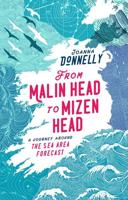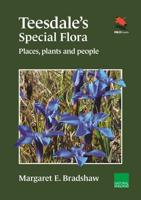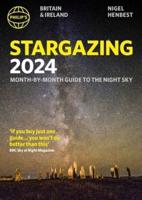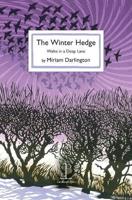Publisher's Synopsis
Whitebark pine (Pinus albicaulis), an important component of western highelevation forests, has been declining in both the United States and Canada since the early Twentieth Century from the combined effects of mountain pine beetle (Dendroctonus ponderosae) outbreaks, fire exclusion policies, and the spread of the exotic disease white pine blister rust (caused by the pathogen Cronartium ribicola). The pine is now a candidate species for listing under the Endangered Species Act. Within the last decade, with major surges of pine beetle and increasing damage and mortality from blister rust, the cumulative whitebark pine losses have altered high-elevation community composition and ecosystem processes in many regions.









